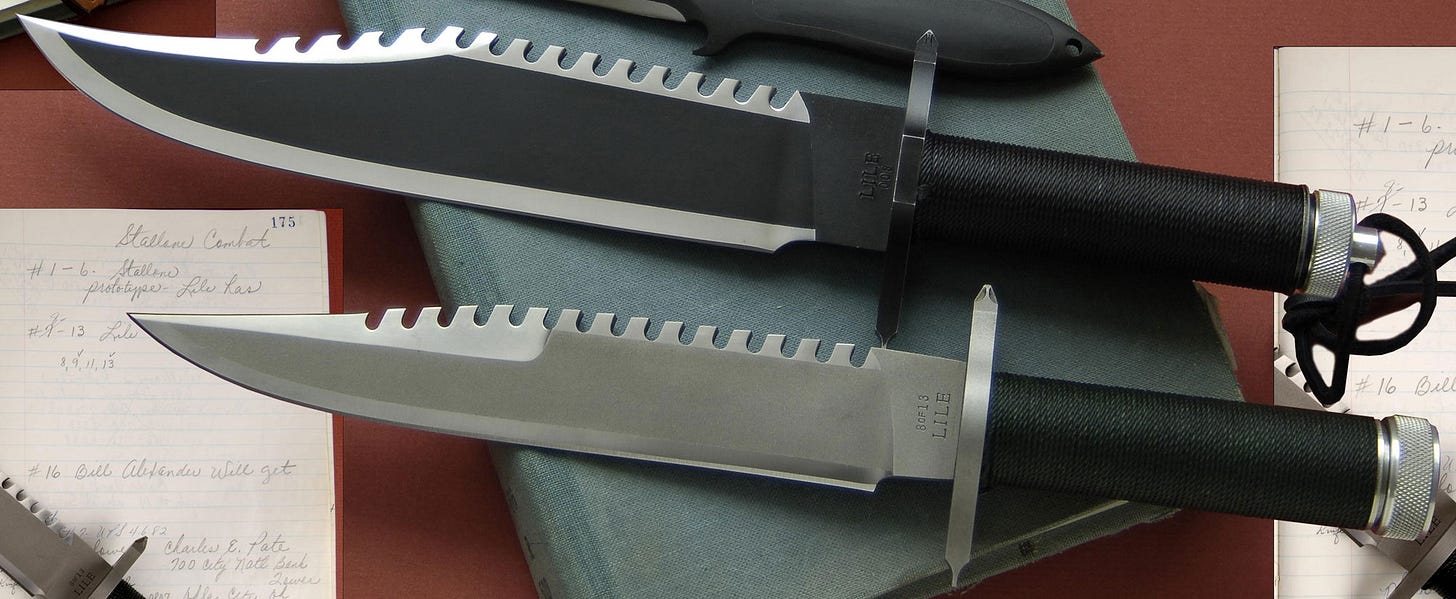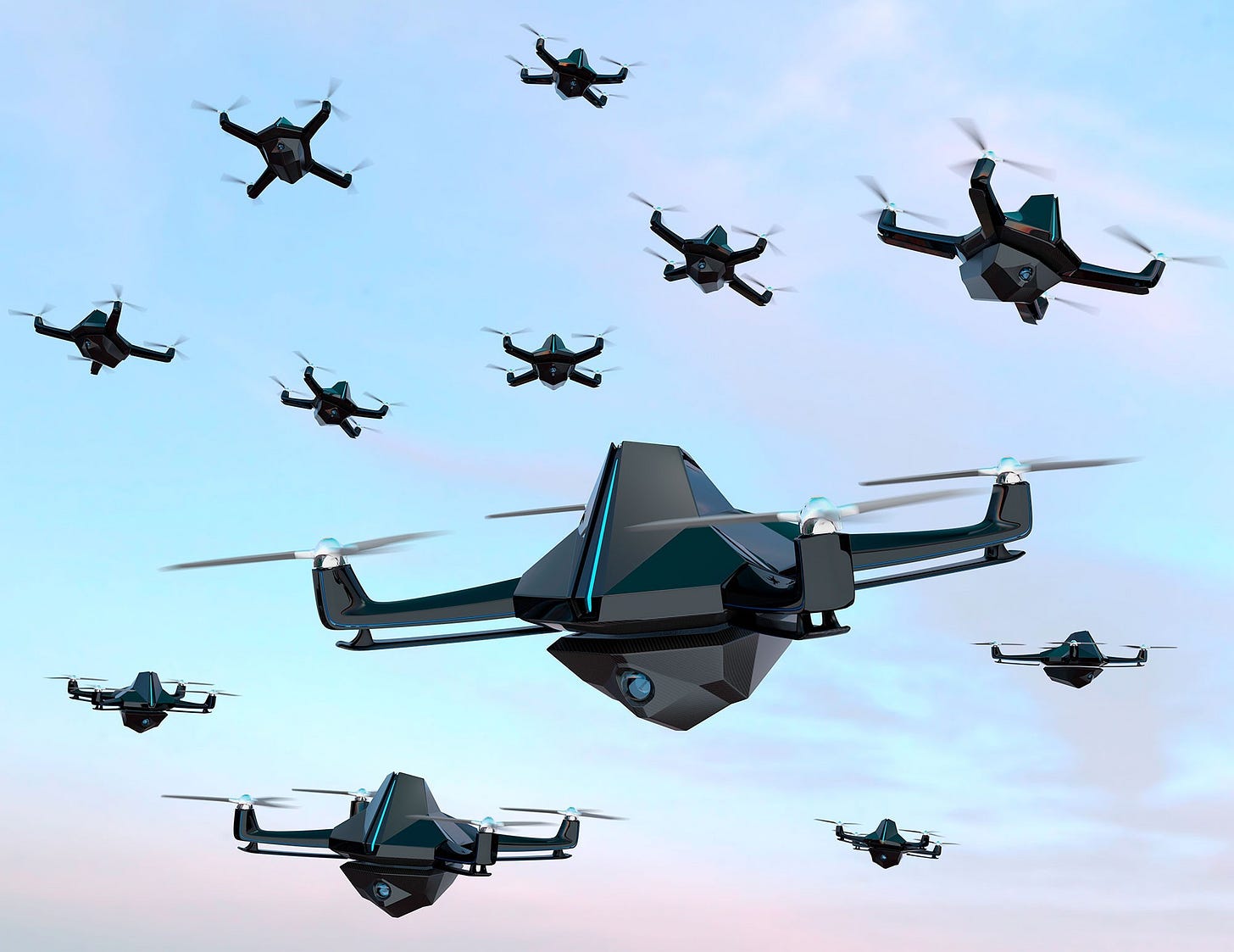This is the first summary of the HAC-D appropriations bill, focusing on the top-line budgets and key report language related to defense acquisitions and tech. A separate post will outline some of the specific program and organizational funding aspects from the HAC-D bill.
HAC-D’s Bill funds the DoD $826B, on par with the President’s Budget request.
RDT&E funded at $147B, $2B above the PB
Procurement funded at $165B, $4B less than the PB
O&M funded at $293B, $3B above the PB
MILPERS funded at $178B, $1B below the PB
Other DoD Programs funded at $42B, $1B above the PB
Our Take: Readers of this Substack know a common measure we examine is RDT&E vs Procurement rates. Historically investment funds were heavily tilted towards procurement, yet the last few years converged towards a balanced mix.
The addition of RDT&E and subtraction from Procurement would drive a 47% RDT&E ratio which would be the highest rate in the last 50 years. At a time when INDOPACOM and acquisition leaders demand capability deliveries, the DoD needs more procurement funding to produce systems at scale.
Countering the PRC
$9B for the Pacific Deterrence Initiative
$108M for the International Security Cooperation Programs for Taiwan
Robust funding for the modernization of the nuclear triad.
Development of a ‘hedge’ portfolio to address the mounting global security risks.
DoD Operations
Frustration with the DoD’s adherence to legacy business practices and manpower assumptions, particularly with respect to its civilian workforce.
The DoD must optimize its workforce by adopting emerging tech and becoming fiscally sustainable or risk a misalignment of resources to execute the NDS.
Automation, AI, and other business practices, readily adopted by the private sector, often ignored or underutilized across the DoD’s business operations.
Increase in pay for junior enlisted service members that averages 30%.
5.2% for all military personnel.
Civilian Personnel
FY22 expenditures for civilian personnel exceeded $101B.
This is excessive, particularly with the maturation of commercial tech, such as RPA and AI, which can significantly reduce or eliminate DoD manual processes.
Reduction of $1B for the DoD civilian workforce.
Beginning with the FY25 budget request, the DoD will identify mission changes, areas of tech implementation, and business process improvements that will optimize the size, structure, and composition of the workforce.
Multiyear Procurement Authority for Munitions
Conditional use of MYP authority, outlined in 10 U.S.C. 3501, requires the DoD to show substantial savings, the stability of the requirement, the stability of funding, stable configuration, realistic cost estimates, and national security interests.
While the Committee strongly agrees with the need to ensure the munitions industrial base has steady demand from the DoD to meet national defense requirements, the DoD failed to show how the use of these proposed contracts would meet the standards as outlined in statute.
The Committee is particularly concerned the DoD cannot provide realistic cost estimates and has proceeded with these MYP requests without a firm understanding of each program’s unit cost and production capacity.
Grants MYP authority for Naval Strike Missile, Guided Multiple Launch Rocket System, PATRIOT Advanced Capability–3 Missile Segment Enhancement, Long Range Anti-Ship Missile, and Joint Air-to-Surface Standoff Missile.
Recommends $1.4B in advance procurement and industrial base funding to improve capacity for both private and public munitions providers.
EOQ funding is not justified at this time.
Hypersonics
FY24 President’s budget request for hypersonics programs across the DoD $3.5B.
Includes the Navy’s Conventional Prompt Strike (CPS), the Air Force’s Hypersonic Attack Cruise Missile, and the Army’s Long Range Hypersonic Weapon, as well as research investments by the DARPA.
Despite the enormous annual investment, the DoD has not yet fielded an operational hypersonic weapon.
Eliminates funding in FY24 for the ARRW program.
USD(R&E) to submit to the HAC-D and SAC-D an updated hypersonics strategy and roadmap, a five-year plan for fielding hypersonic weapons across the Services, as well as an assessment of the health of the hypersonics industrial base to meet the Department’s current and future needs.
Hedge Portfolio
DIU’s transition provides a timely milestone to deliberately create a hedge portfolio to risks and focus organizations capable of executing a hedge strategy.
Development of non-traditional sources and solutions are essential to this hedge.
After observing the use of non-traditional weapons from non-traditional sources in Ukraine, the Committee supports maturing and focusing ‘‘innovation organizations’’ on rapidly fielding new capabilities from new sources at scale.
With distinct and complementary missions, organizations like DIU, the CDAO, the OSC, AFWERX, SpaceWERX, NavalX, Task Force 59, the Army Applications Lab, and the Marine Corps Warfighting Lab show promise in creating a hedge to growing security risks. These innovation organizations and others become part of a coordinated non-traditional innovation fielding enterprise.
They will collaboratively have the unique potential to expand the diversity and scale of new weapon systems, CONOPS, and industry partners in a way that creates resiliency for the Nation and strategic uncertainty for adversaries.
To be successful, small teams of technologists, acquirers, and warfighters must be focused on rapidly fielding solutions at scale to operationally relevant problems.
Small Business
The Committee encourages the SECDEF to contract with small businesses through multiple paths including the Office of Small Business Programs Mentor Protege Program, APEX Accelerators, the Small Business Innovation Research Program, and the Small Business Technology Transfer Program.
The Committee is concerned by the execution of DoD’s small business programs.
SECDEF to brief the congressional defense committees on the effectiveness of the DoD agenda for these programs.
Non-Traditional Innovation Fielding Enterprise (NIFE)
Service Secretaries to provide a brief to the Congress identifying one Service level Non-traditional Innovation Fielding Enterprise lead, per Service, with proven competence in partnering with non-traditional industry and investors,
Provide a plan that ensures the Service NIFE has proper leadership, multi-disciplinary and high performing staff, funding, authorities, reporting, and consolidated structures to avoid dilution of effort and confusion by stakeholders.
DIU Director to submit a report to Congress that details the organize, train, and equip support for DIU, to include staffing, hiring speed, physical and digital infrastructure, functional support, authorities, security, budgeting processes, and any other information deemed relevant. DIU Director to submit a report to Congress providing similar details on the support for each Service
Hedge Portfolio (continued)
Includes $1B to begin deliberately fielding a hedge portfolio within 1-3 years.
This hedge portfolio of many smart, affordable, modular, and sustainable systems could include, but is not limited to, low-cost, light-logistics multi-domain drones, satellites, and munitions; agile communications, compute, and sensor nodes; and AI agents and users.
It could create asymmetric advantage to support CCMD operational challenges like contested logistics, EW, resilient comms, JADC2, weapon/platform capacity.
Directs execution of these funds by the DIU supported by the NIFEs, and in cooperation with the Joint Staff and combatant commands.
These funds should mature fielding models like Task Force 59 and propagate acquisition models like AFWERX Prime to the joint community, accelerating military relevant technologies with external capital and talent by using the Department’s unique ability to reduce technical, regulatory, and financial risks in emerging technology sectors.
Collaboration might be facilitated through an advisory board composed of those organizations as well as the CDAO and the Director of the OSC.
Participation by Service laboratories and PEOs is encouraged, and those organizations could compete for funding through the Service NIFE.
Service funding execution targets should align to overall Service budget percentages, and projects should be focused on novel concepts of employment in support of the Joint Warfighting Concept.
The DIU Director, in coordination with the Joint Staff and Service NIFEs, to submit a report to Congress that shall include an acquisition strategy and spend plan to field a hedge portfolio with ten candidate projects to the combatant commands, supported by service NIFEs.
It shall also identify cost, schedule, performance, risk, and other potential authorities needed to accelerate fielding in one to three years.
Processes: Speed, Nexus, and Agile Requirements
With a focus on speed, the NIFE will bring together the nexus of best practices identified in the last several years of defense innovation.
These designated Nexus fielding projects will begin with a problem statement and will iteratively mature requirements while developing software and hardware for fielding at scale within three years using small teams of warfighters, acquirers, and technologists.
Recommends $220M for the DIU to provide direct support to the combatant commands to accelerate fielding of capabilities from this hedge portfolio.
In many instances early, yet operationally relevant, versions of this portfolio can be rapidly adopted for use by a CCMD, potentially by using service contracts.
This approach could allow accelerated and agile requirements development, simultaneously driving concept innovation with tech innovation.
It enables a structure for software and hardware acquisition … rapid refresh rates that outpace the adversary in wartime.
Finally, this model expedites acquisition decision cycles with earlier insights into cost, capability, and capacity, which is often difficult for emerging technologies.
Practices: Flexibility and Accountability
Metric for success: Speed to fielding affordable, operationally relevant capability.
Of the recommended DIU funding, $650M is allocated to BA-8, the Software and Digital Technology Pilot, detailed in this Act for agile RDT&E, procurement, production, modification, and O&M.
Program increase of $50M to CDAO in support of this management innovation pilot and other activities.
Digital Transformation
The CDAO, in coordination with the USD(A&S), the USD(R&E), the Comptroller, the CIO, the DOT&E, and the Director of the DIU, to submit a report to the congressional defense committees.
The report shall detail delineations and coordination to facilitate efficiency and expedited adoption of JADC2, advanced digital business practices, due diligence for foreign influence among industry and academia seeking or receiving DoD funding, metrics tracking to accelerate funding apportionment and distribution, analytics to support operations and investment decisions, and digital engineering and testing.
Further, the Committee directs the CIO to submit a report to the congressional defense committees, detailing opportunities to streamline the Authority to Operate process to accelerate secure adoption of advance software.
Digital Tools for S&T Investment
The establishment of the Rapid Defense Experimentation Reserve and the Pilot Program to Accelerate the Procurement and Fielding of Innovative Technologies have been key drivers in advancing warfighting capabilities.
The challenge is that in a very short time, the number of participants in the Department’s S&T activities has quickly grown. Unfortunately, adoption of digital tools to harness the energy of this broad pool of innovation has not kept up, undermining transition of the highest impact capabilities.
USD(R&E), in coordination with the CDAO, and the Director of the DIU, to submit a report to address cost, schedule, performance, and risk in developing and adopting a digital environment across the Department, at multiple classification levels, to identify and categorize defense technologies, technologists, acquirers, users, and companies in a way that minimizes redundant investment and maximizes collaboration for accelerated fielding.
Overall some bold reforms and initiatives. Let’s see what SAC-D comes up with. The priority is to pass a defense budget on time to avoid yet another CR. There are 100 days left until FY24!








Generally right direction. Very good. Adds a lot of reporting and weight to the very orgs fielding new capabilities. #overhead Still so much to learn from other large enterprises for efficient strategic planning. But excited to see what DIU, CDAO, OSC, and others will come up with given this fresh support.